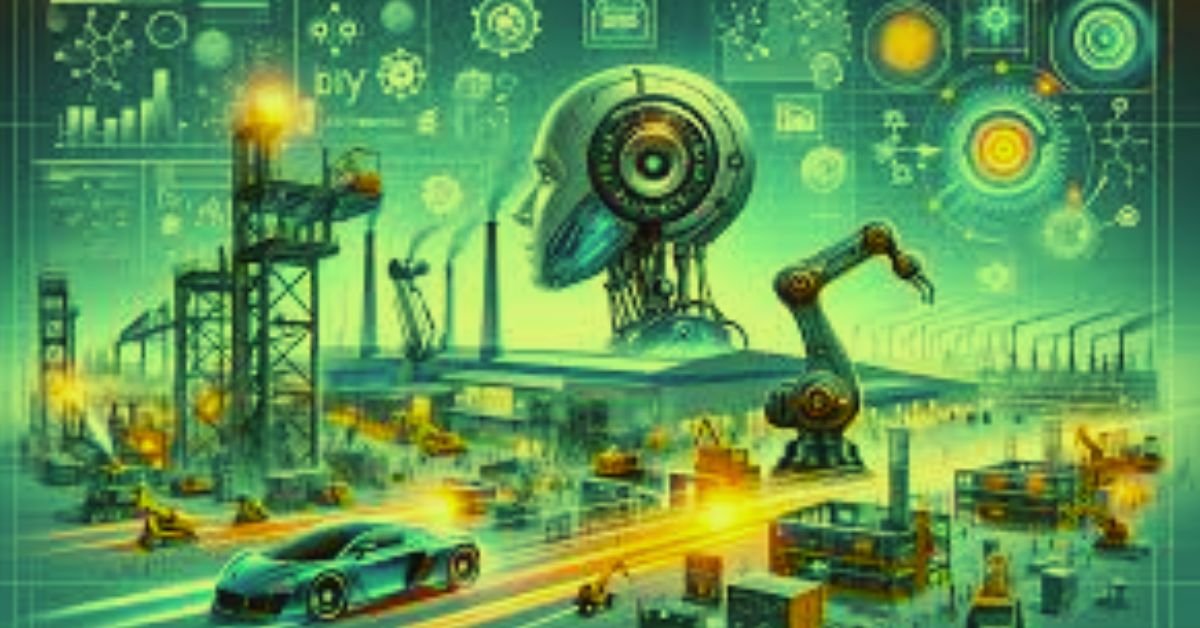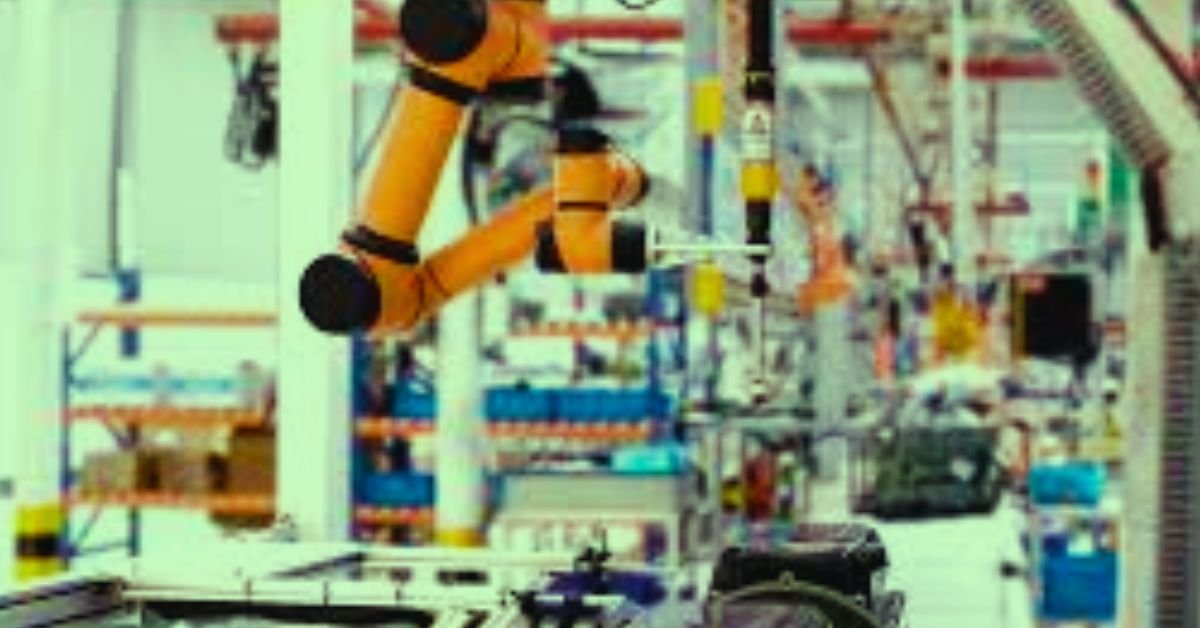In 2024, the manufacturing industry is undergoing a significant transformation, with automation playing a pivotal role in reshaping production processes. As businesses strive for efficiency, quality, and competitiveness, automation technologies have become essential tools in streamlining operations. From advanced robotics to artificial intelligence (AI) and machine learning, automation is not just improving productivity; it’s revolutionizing the very fabric of how manufacturing is done. In this article, we explore the key trends driving this revolution and how they are impacting the industry.
1. The Rise of Collaborative Robots (Cobots)
One of the most notable trends in 2024 is the widespread adoption of collaborative robots, or cobots. Unlike traditional robots, which work in isolation, cobots are designed to work alongside human workers. These robots are equipped with advanced sensors and AI, enabling them to interact safely and efficiently with humans. Cobots are particularly beneficial in industries where precision and dexterity are needed but where human labor is still a valuable asset.
Cobots are becoming more affordable and easier to deploy, making them accessible even to small and medium-sized enterprises (SMEs). They perform repetitive and dangerous tasks, such as assembly, packaging, and material handling, allowing human workers to focus on higher-value tasks that require creativity and problem-solving.
2. Artificial Intelligence and Machine Learning Integration
In 2024, AI and machine learning are increasingly integrated into manufacturing automation systems. These technologies are enabling manufacturers to create smarter factories that can adapt to changes in real-time. Machine learning algorithms can analyze vast amounts of data collected from production lines, identifying patterns and anomalies that might go unnoticed by humans.
This ability to predict maintenance needs and optimize production schedules leads to increased efficiency and reduced downtime. Additionally, AI-powered systems are helping manufacturers to improve quality control by identifying defects early in the production process, ensuring that only high-quality products reach the market.
3. Predictive Maintenance for Enhanced Efficiency
Predictive maintenance is another key automation trend transforming manufacturing in 2024. Instead of relying on scheduled maintenance or reacting to equipment failures, predictive maintenance uses sensors and data analytics to forecast when machines are likely to fail. By continuously monitoring the health of equipment, predictive maintenance systems can alert manufacturers about potential issues before they result in costly breakdowns.
This shift from reactive to proactive maintenance reduces the risk of unplanned downtime and extends the lifespan of expensive machinery. As a result, companies can achieve higher operational efficiency and lower maintenance costs, making predictive maintenance an essential part of automation in modern manufacturing.
4. Digital Twins for Real-Time Monitoring
Digital twins, which are virtual replicas of physical assets or production systems, have emerged as a powerful tool in the manufacturing industry. In 2024, more manufacturers are adopting digital twins to monitor and optimize their production processes in real-time. By creating a digital twin of an entire factory or individual machines, manufacturers can simulate various scenarios and evaluate different strategies without disrupting actual production.




